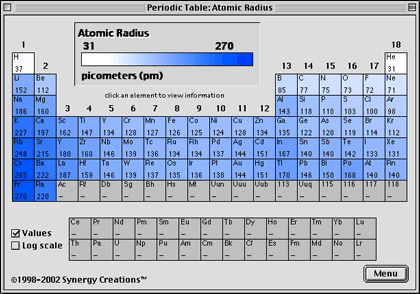
"Francium has some interesting properties. While francium's half-life is incredibly short and though it is very toxic due to its radioactivity, its characteristics make it a compelling subject to study. Uranium-235 (the type used in nuclear reactors) has a half-life of 703,800,000 year," Barnett said.įrancium's atomic structure. For comparison, technetium-99m (which is used in medical imaging) has a half-life of six hours. "Francium's half-life is extremely short for a radioactive element. It decays into radium-223 through beta decay, when an electron is emitted, or astatine-219 through alpha decay, when an "atom's nucleus sheds two protons and two neutrons in a packet that scientists call an alpha particle," according to JLab (opens in new tab).

After another 22 minutes, there will be a quarter of the initial amount. So, if observing a sample of francium, half of the original amount will be left after 22 minutes. "However, we have found that the rate of decay changes with the amount of substance left, such that the amount of material will halve in a constant time period."įrancium has a half-life of 22 minutes. The most stable form of francium, according to Barnett, is francium-223, but even so "the half-life is so short that there are no known biological processes that use it," Barnett said.Ī half-life is a measure of how long it takes half of a sample of radioactive material to decay."One might expect the decay to happen linearly and at a constant rate," Barnett said. So, is francium useful? Have scientists found any practical applications for it? The simple answer is "no." Radium - atomic number 88 - is a radioactive, metallic chemical element, while thorium - atomic number 90 - is a naturally occurring radioactive metal.


Atomic number (number of protons in the nucleus): 87.


 0 kommentar(er)
0 kommentar(er)
